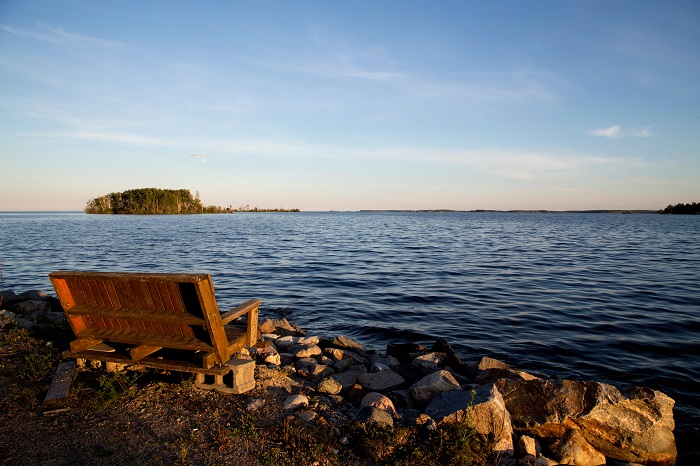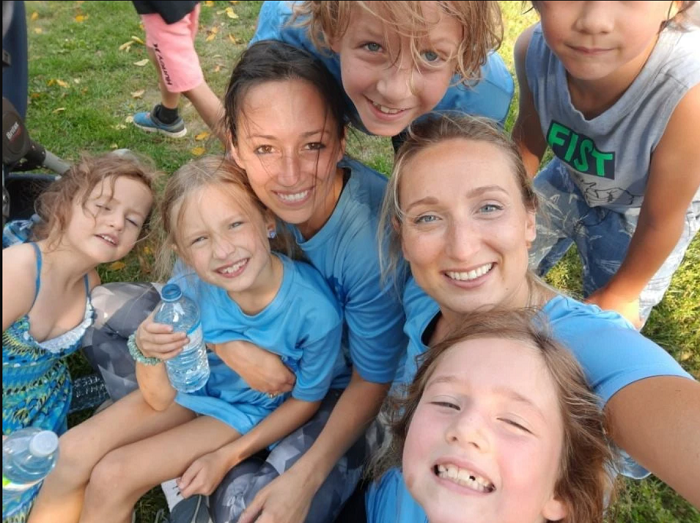Resources
Everything we’ve ever published, all in one place. Use the filters below to find the subjects (e.g., suicide prevention) and content types (e.g., guidelines) that matter to you.
Filter By

Approximately 4,500 deaths by suicide occur in Canada every year. Data exist to explain differences between sexes and age groups regarding suicide patterns; however, our understanding of the specific experiences…



The National Community of Practice (NCoP) brings Roots of Hope communities together to engage in peer to peer support and connect representatives, researchers, regional stakeholders, and people with lived experience…

This webinar offers insights on the mental health impacts of the high cost of living on diverse communities and explores the complex relationship between mental health and money, housing, food,…

A 2022 Canadian Alliance of Student Associations study found that 75 per cent of all post-secondary students report negative mental health experiences, and more than 25 per cent rate their…

Addressing stigma in health care is crucial for individuals with mental health or substance use issues. The Mental Health Commission of Canada has developed two tools, the Stigma Cultures in…

Mental health affects everyone, including health-care workers. This video tells the story of an individual who finds access to quality mental health care services — but only after an overwhelming…

Hear from health-care experts offering their insights on the stigma-free and inclusive dimension of the Quality Mental Health Care Framework, focusing on the crucial concept of structural stigma. Our expert…

The mental health and substance use health (MHSUH) impacts of COVID-19 and the overdose crisis have increased the gap between what the population needs and what the service system can…


Roots of Hope is a community-led model that supports populations across Canada to reduce the impact of suicide in their local contexts. The model builds on community expertise to implement…




While integrated services for mental health and substance use health have been studied for more than two decades no recent or comprehensive reviews exist — particularly with a peer research…

In 2018, the federal government allocated $10 million over five years to help us assess the impact of the legalization and use of cannabis on the mental health of people…

THE SOOKE EARLY ADOPTER COMMUNITY The Sooke-West Shore region of Vancouver Island includes a collection of municipalities just outside Victoria. Being a bit more affordable than Victoria proper, it often…

In 2018, the federal government allocated $10 million over 5 years to help us assess the impact of the legalization and use of cannabis on mental health. 14 community-based research…

Over the past five years, we have led a pan-Canadian program to assess the impact of cannabis legalization and use on mental health. Our key findings synthesize results from 20…

Understanding the issue While people ages 65 and older make up about 20% of Canada’s population (a significant yet growing portion), there is limited data on how many are at…



THE COMMUNITY OF BURIN PENINSULA The Burin Peninsula, an area that stretches southwest from the main island for some 130 km, has a population of about 19,000, spread across several…

THE WELLINGTON COUNTY COMMUNITY Waterloo Region: Wellington County: COMMUNITY ACTIVITIES AND ACHIEVEMENTS To minimize potential risks following a suicide death, the Roots of Hope community in Wellington County has focused…

THE WINDSOR-ESSEX COMMUNITY Windsor and Essex County has a population of more than 420,000 across seven municipalities. Windsor itself, with about 230,000 residents, is home to Canada’s busiest border crossing…

THE MEADOW LAKE AND AREA COMMUNITY While the City of Meadow Lake has a population of around 5,400, our Roots of Hope project serves the rural residents of 11 surrounding…

THE MADAWASKA-VICTORIA COMMUNITY The Madawaska and Victoria region in northern New Brunswick is home to about 50,000 people. The area is predominantly French‑speaking and has an economy centred on forestry,…

THE LA RONGE COMMUNITY The La Ronge and Area Roots of Hope Project lies in Woodland Cree territory in northern Saskatchewan within the Precambrian Shield’s boreal forest. Woodland Cree people…

THE HAMILTON COMMUNITY The City of Hamilton, at the west end of Lake Ontario between Niagara Falls and Toronto, is Canada’s ninth largest city, with a population of 767,000 (as…